Our Menu Planning Principles
Learn more about how we decide on what we make and serve at LunchLAB.
Menu Planning Principles
How do we decide what to make and serve for LunchLAB meals?
First, as much as possible, we source a variety of local produce and other ingredients. Next, we take student feedback seriously and aim to serve familiar comfort foods as well as introduce students to new and exciting foods. Finally, LunchLAB meals are influenced by the Canada Food Guide, which provides guidelines for nutritious eating.
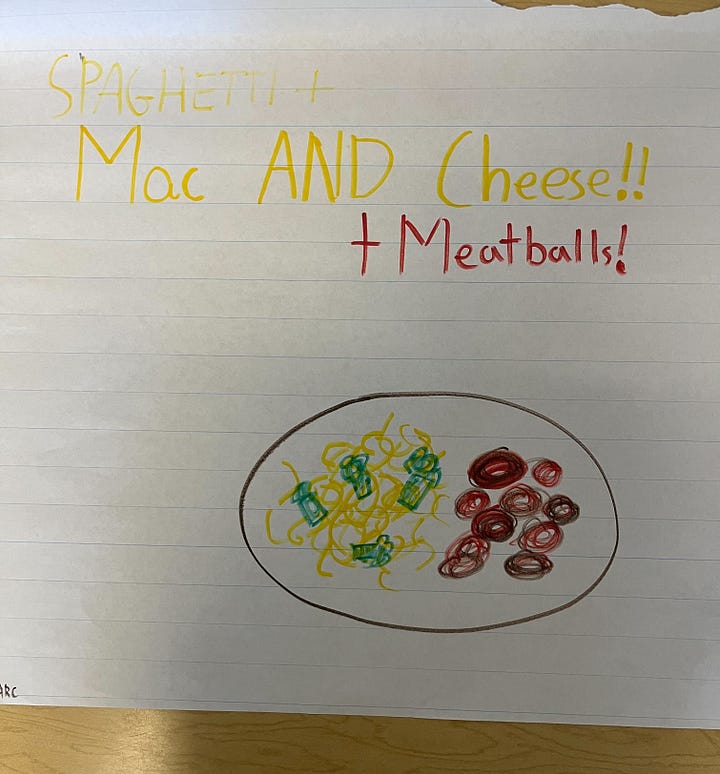



Here’s how our meals typically reflect the principles of the Guide Overall, the LunchLAB program strives to reflect the principles of the Canada Food Guide by promoting a balanced diet, nutritious choices, and accommodating diverse needs.:
Variety of Food Groups: The Canada Food Guide encourages eating from all food groups, including vegetables and fruits, whole grains, and protein sources. Our lunches include a mix of these groups to provide a balanced meal. For example, a lunch might feature a serving of vegetables, a whole grain such as brown rice or whole grain bread, and a source of protein like chicken, cheese or plant-based proteins.
Emphasis on Fruits and Vegetables: The Guide highlights the importance of including a variety of vegetables and fruits. LunchLab meals offer a fully stocked salad bar at every service, including leafy greens, carrots, apples, cucumbers, beets, and other fresh and pickled vegetables. We frequently offer fresh or cooked vegetables, either as part of the main meal or as side dishes, to help students meet their daily intake.
Nutritious Choices: The Canada Food Guide encourages the inclusion of healthier food options and limiting foods that can be high in sugars, fats, and sodium. Our lunches focus on providing fresh, whole foods and minimizing sugary snacks and beverages.
Cultural Diversity: LunchLAB also recognizes the importance of cultural diversity and accommodating various dietary needs. Each hot lunch includes omnivore, as well as vegetarian/vegan options, aligning with the Guide's recommendations. Throughout the year, we celebrate the diversity of our school communities by including food found around the world.
Hydration: The Guide also emphasizes the importance of staying hydrated – water is provided at every lunch service.

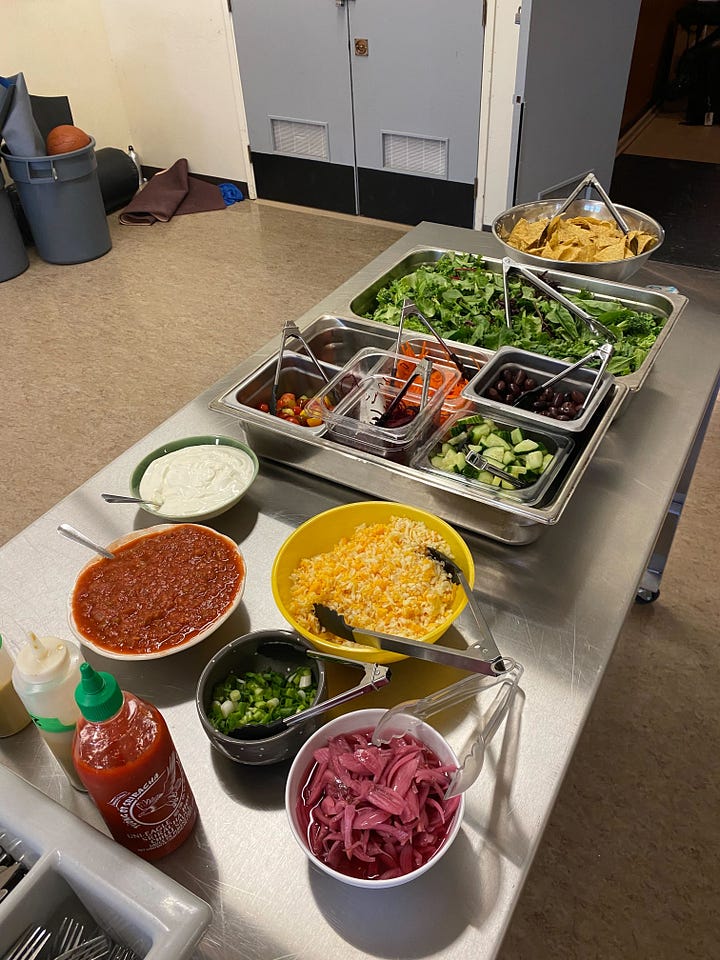
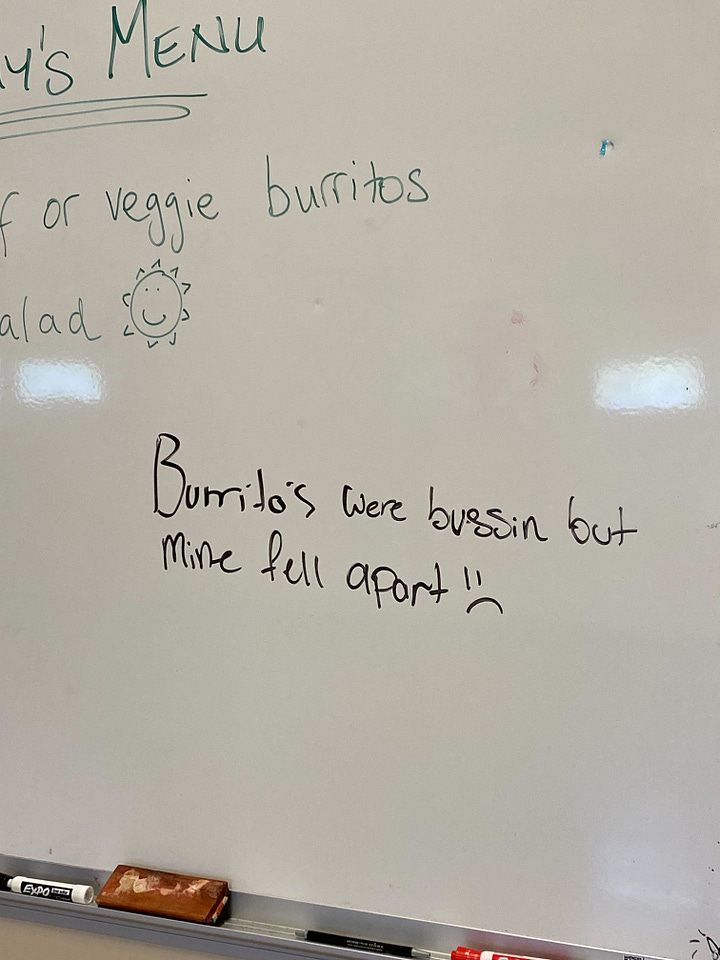
Example Meal, in relation to the guide:
Yellow Chicken Coconut Curry with Brown Rice (and A Tofu Vegan Option):
Protein: A healthy lower saturated fat source from Chicken or Tofu
Carbohydrates: Brown rice provides a lower sugar complex carbohydrate to provide energy over a longer period
Fats: Coconut milk provides a healthy form of plant-based fat unlike many oils and butter
Vegetables: To encourage a 50% or more plate of vegetables we serve our main dish with a full serve-yourself salad bar and also incorporate as many fresh whole vegetables as we can in all our recipes. These include kale, carrots, broccoli, chard, choys, spinach, onion, celery, and many others.
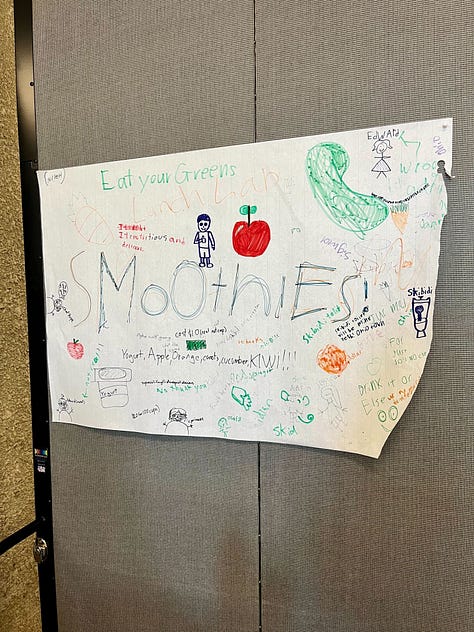
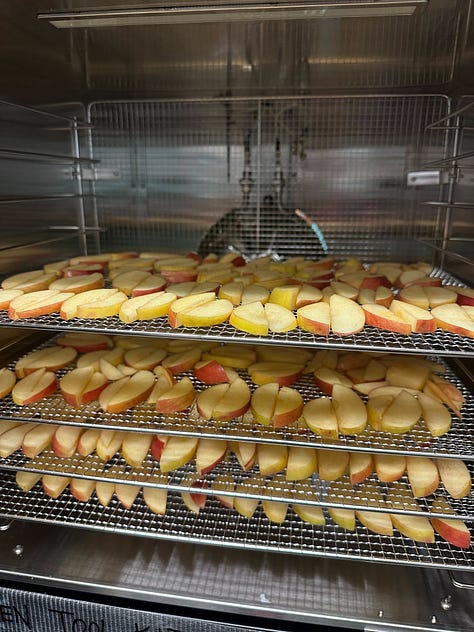
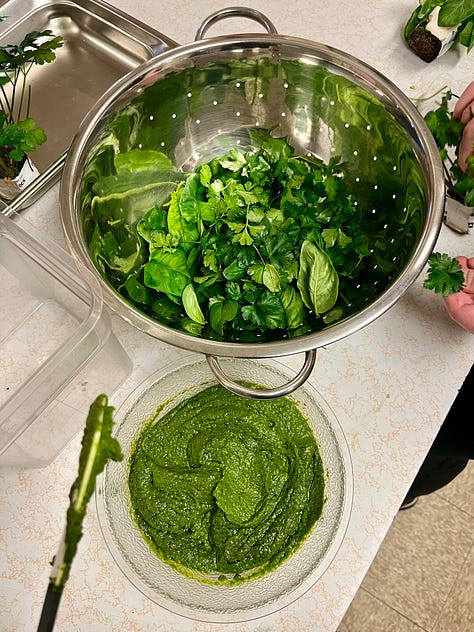
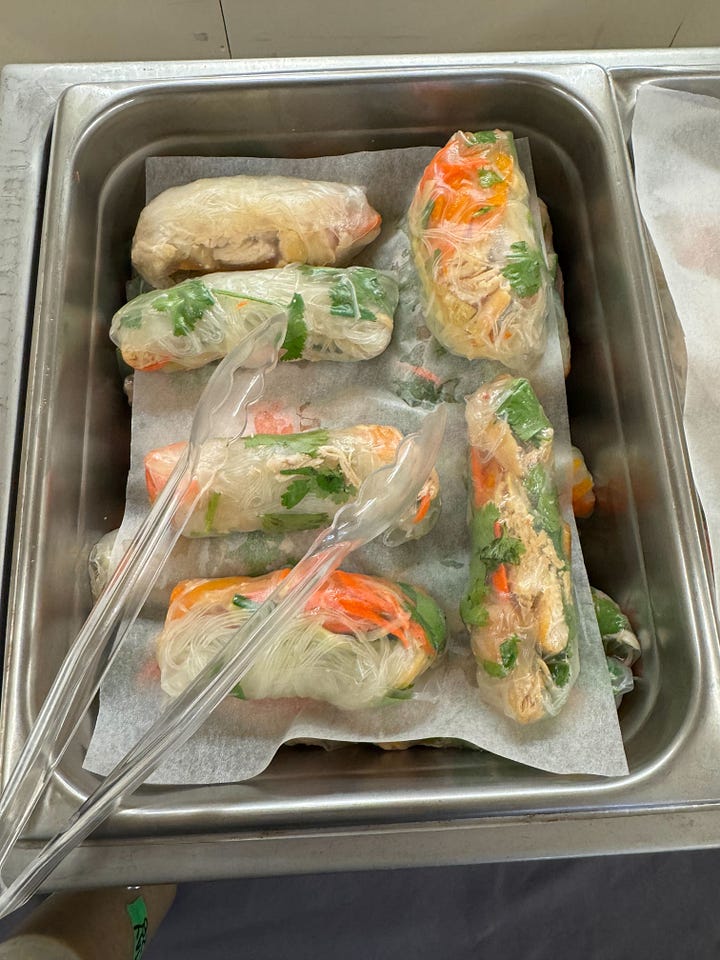
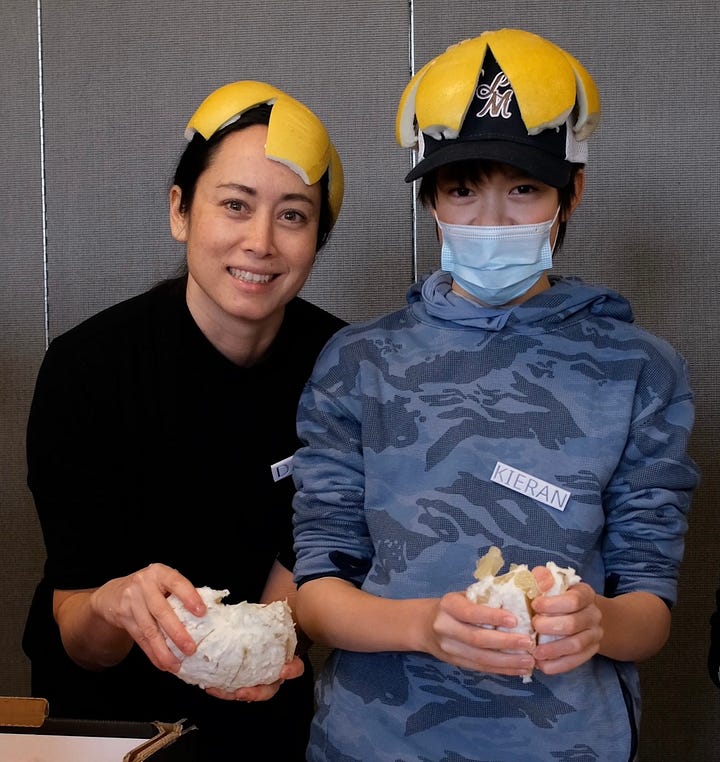
Thank you for tuning in to our LunchLAB Community Newsletter, for any questions or comments, please reach out to lunchlab@growingchefs.ca!

